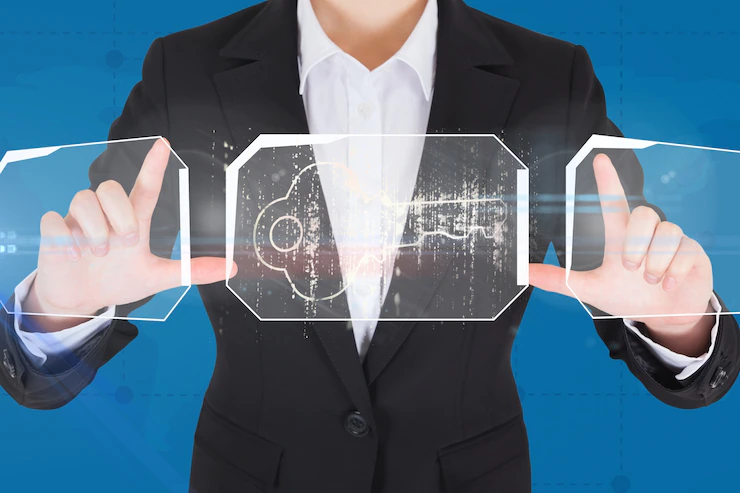As technology advances, so does the need for more complex AI systems. Multi-agent systems (MAS) are one of the latest trends in AI research and development, and they represent a powerful tool for creating smarter and more adaptive AI applications. But what exactly are multi-agent systems? How do they work? What benefits do they offer? In this blog post, we will answer these questions and more as we explore the basics of multi-agent systems, their potential applications, and their current state of development.
What is a Multi-Agent System?
A Multi-agent system (MAS) is a system composed of multiple interacting agents. An agent is software that is autonomous, i.e., it can make its own decisions and act on its own behalf. Multi-agent systems are distributed systems in which each agent has its own local view of the world and acts autonomously, but they can also interact with other agents to achieve their goals.
Multi-agent systems are used to solve problems that are difficult or impossible for traditional centralized approaches. For example, MAS can be used to distribute tasks among many computers to make better use of resources, or to coordinate the actions of agents in a dynamic environment (such as a battlefield). MAS can also be used to create artificial societies in which realistic behaviors emergent from the interactions of individual agents.
The Benefits of Multi-Agent Systems
Multi-agent systems are distributed systems consisting of multiple software agents that can interact with each other. Multi-agent systems have many benefits over traditional single-agent systems, including increased flexibility, scalability, and robustness.
Multi-agent systems are more flexible than traditional single-agent systems because each agent can be designed to specialize in a specific task or tasks. This specialization allows agents to be more effective at completing their assigned tasks than if they were trying to complete all tasks themselves. In addition, the use of agents allows for easier parallelization of work, which can speed up the overall completion of tasks.
Multi-agent systems are also more scalable than traditional single-agent systems. As the number of agents in a system increases, the total number of potential interactions between agents also increases. This increase in potential interactions allows for a more efficient use of resources and improved performance as the system scales up.
Finally, multi-agent systems are generally more robust than traditional single-agent systems. The failure of one agent in a multi-agent system does not necessarily lead to the failure of the entire system. This fault tolerance is due to the fact that each agent is only responsible for a small portion of the overall system functionality. The isolation of individual agents also makes it easier to identify and fix problems as they arise.
The Drawbacks of Multi-Agent Systems
Multi-agent systems are not without their drawbacks, however. One of the primary challenges in developing a multi-agent system is designing agents that are able to effectively cooperate and coordinate with each other while still pursuing their own individual goals. This can be a difficult task, as it requires finding the right balance between competition and cooperation. Additionally, multi-agent systems can be complex and difficult to understand and debug.
How to Implement a Multi-Agent System
Multi-agent systems are composed of two or more autonomous agents that interact with each other to accomplish a common task or goals. In order to design and implement a multi-agent system, it is important to first understand the basics of how they work.
There are three main elements to a multi-agent system:
1. Agents: These are the autonomous entities that make up the system and interact with each other.
2. Interactions: These define how the agents communicate and cooperate with each other.
3. Environment: This is the shared context in which the agents exist and interact with each other.
The key characteristics of a successful multi-agent system are flexibility, scalability, and robustness. Flexibility means that the system should be able to handle unexpected situations and changes. Scalability refers to the ability of the system to grow orshrink as needed. Robustness means that the system should be able to tolerate errors and still function correctly.
In order to design and implement a successful multi-agent system, it is important to keep these key characteristics in mind.












